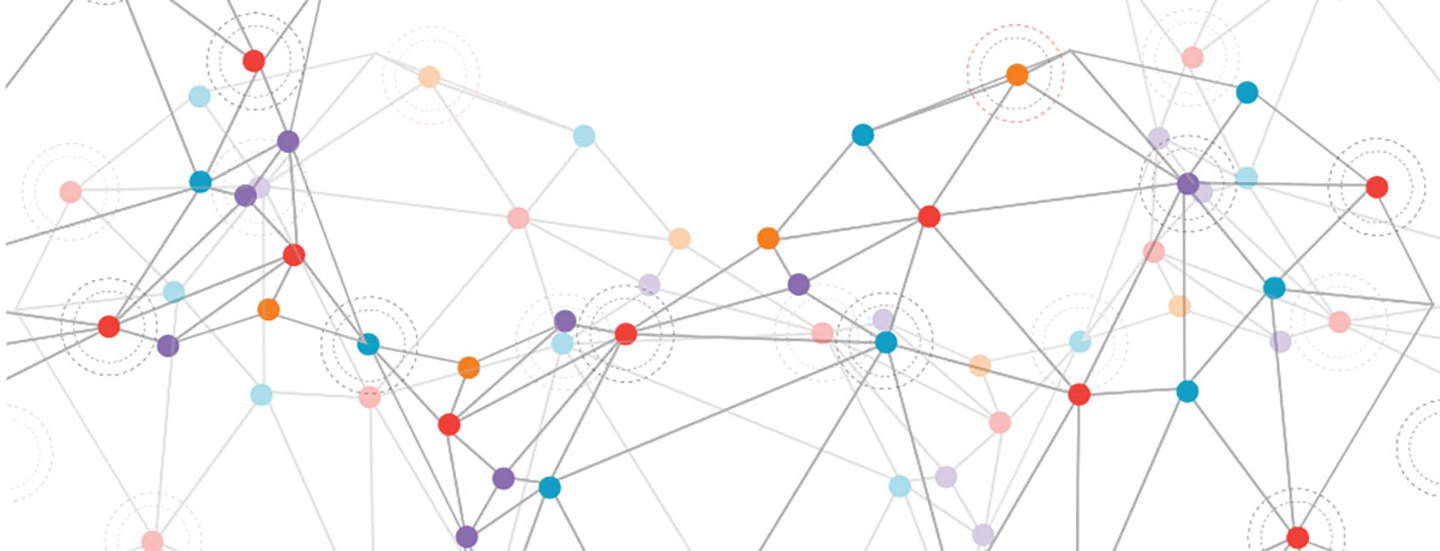Blow up some party balloons! SuperScience turns 30 this year. To celebrate, we’ve been reading through some of the magazine’s very first issues. We were amazed to see how much technology has improved over the past three decades.
Here are updates to three SuperScience stories from the 1990s, each focusing on a different type of technology. You can read the original articles in the Teaching Resources section below.
Blow up some party balloons! SuperScience turns 30 this year. We’re ready to celebrate. So we’ve been reading some of the magazine’s first issues. We found that a lot of technology has changed over the past three decades.
Here are updates to three SuperScience stories. The original stories were from the 1990s. Each focuses on a different type of technology. You can read the original articles in the Teaching Resources section below.

